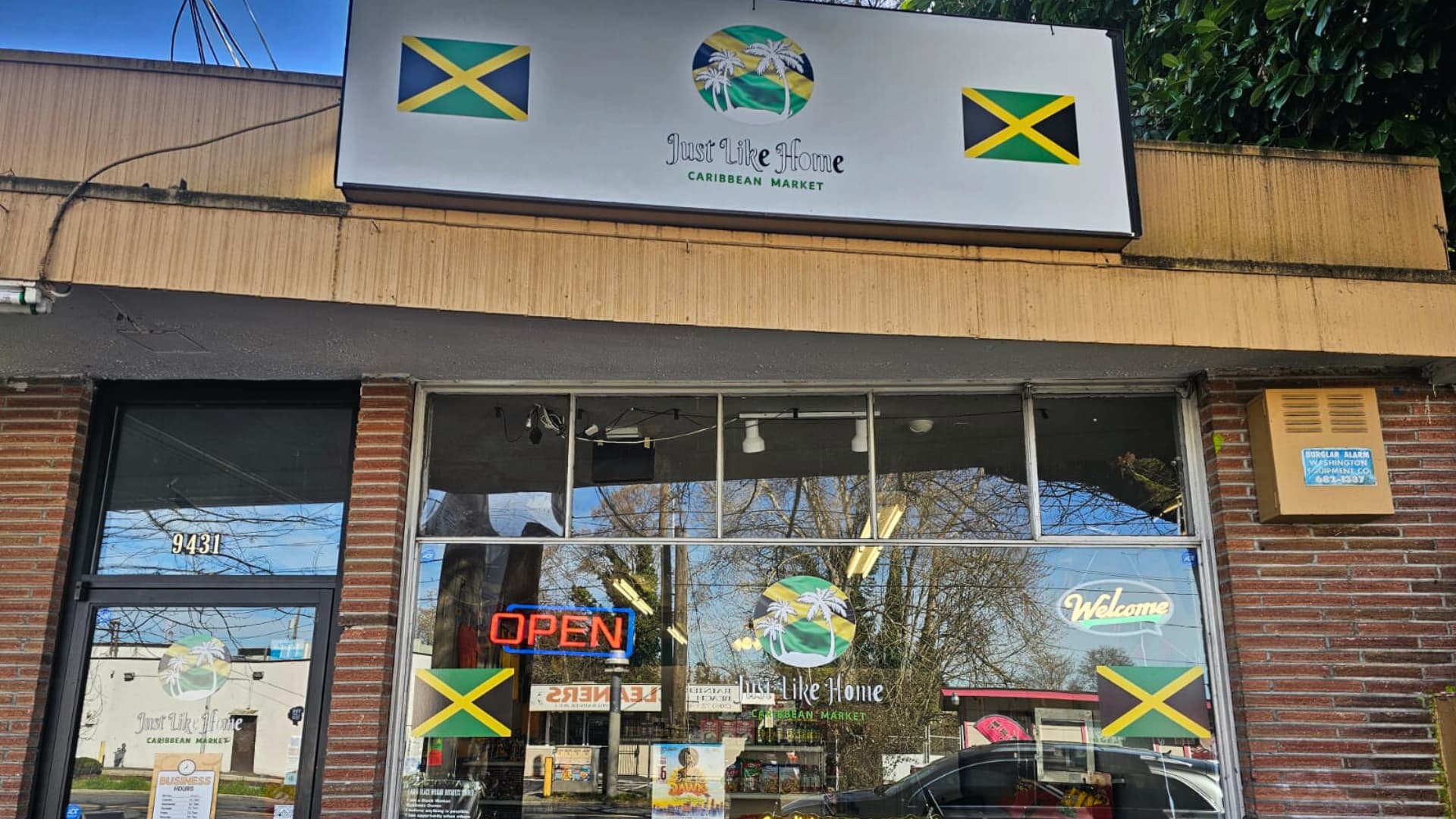It is that time of year when once again New Year’s Resolutions abound. We kick off the year with a myriad of changes we want to bring about in our lives. Sadly, with each passing year we set the same resolutions with eager anticipation and watch in bewilderment as the habits we are trying to break become more entrenched and the results we desire to achieve slip further and further away. Trapped in a vicious cycle many of us have resigned ourselves to the que sera sera mentality; setting resolutions and hoping that things will simply work out. If insanity is doing the same thing over and over again and expecting different results, then that is how I would describe most people when it comes to their New Year’s resolution.
New Year’s Resolutions don’t work because they leave too much up to chance. Like a bumble bee bouncing from flower to flower, most people wander through life knowing that they want to harvest the nectar but allow themselves to be continually lured away by the attractiveness of one flower or another; so that by the end of the day they end up right back where they started. Success comes from making deliberate choices coupled with a specific plan to accomplish the goal.
One popular New Year’s Resolution is weight loss. This is the time of year when health clubs enjoy their highest enrollment of new members. If all the people who bought new memberships attended the gym regularly, there simply would not be enough room to accommodate everyone. Most people don’t attend the sport club regularly and the vast majority quit altogether after a few months, “secured” with the thought that simply having a gym membership will allow them to work on their resolutions of losing the extra pounds. When the results elude them they end up seeing themselves as powerless to achieve them. This is typical of people who live their lives by chance.
In December, the original members of the Jamaica Bobsled Team were awarded the Trail Blazer Award by the Jamaica Cultural Alliance in Los Angeles. Three of us, Dudley, Chris and I made the trip. The fourth member, Michael, was unable to attend. As I listened to the accolades being showered upon us and heard words such as trailblazers, audacious, determined, dreamers and so on being used to describe us, I began to wonder to myself, what was it that really accounted for our successful bid at the Calgary Olympic Games? It was difficult for me to identify any one thing, but if I had to settle for just one, I would have to say choice. We chose to make it happen.
How does this translate to life in general? We didn’t just set a goal to get to the Olympics, join the International Bobsleigh Federation and then do what most people do after they join a health club. This is what we did; and if I might add, all those who live their lives by choice do as well.
We set a goal and created a plan.
The goal was to qualify for and be competitive in the Calgary Olympics. Let me hastily point out here that our goal was not clear enough. What exactly does it mean to be competitive? Having an unclear goal, though, is still better that not having one at all. It was obvious we had no bobsled skills and we needed them in a hurry. So we started off in Jamaica working on our push starts. Learning and perfecting the techniques as best as we could. Next we headed to Calgary, Canada to get ice time (unfortunately we had a pretty warm winter in Jamaica that year).
While the drivers were learning the nuances of safely negotiating a bobsled track from top to bottom, we continued practicing our push starts on a real push track. We then headed over to Innsbruck, Austria to compete in a few local races and an FIBT sponsored World Cup race. We spent the month of January in Lake Placid, New York, fine tuning what we learned in the three prior months before heading off to the Olympics in February. When you have a plan you are far more likely to succeed.
In 1953 Yale conducted a study of its graduates. For twenty years the subjects were interviewed and followed. The results showed that the top 3% earned more money than the other 97% combined. The only difference was that the top 3% had written goals AND a plan of action to achieve them. Harvard did a similar study of its business school graduates in 1979. They found that other than “to have fun and enjoy themselves,” in other words, live life by chance, 84% of the class had no goals at all. Thirteen percent had goals but had not created a plan, while the remaining 3% had written goals and a plan of action. The results showed that the 13% earned more than the 84% without goals and the 3% earned more than ten times the 87% combined.
“Share how you have successfully created a plan to achieve your New Year’s Resolution”
Get Committed
Commit yourself everyday to doing the things that will lead you to your goals. I’ve heard it said that the successful person practices six or so productive habits daily while those that lag behind repeat six or so errors in judgment every day. Commit to a positive course of action everyday regardless of how tired, frustrated or challenged you might feel. We practiced our push starts for three hours every afternoon during the week and six hours on a Saturday morning in the boiling sun. We braved sub-zero degree weather, risking frost bite, but it didn’t matter; we were committed.
Improve a little at a time
When someone sets a New Year’s Resolution to loose weight, they often start off the year by throwing out all the junk food and starting an intensive exercise program. As is often the case, in short order they are back to where they started. The change was just too dramatic. Don’t get me wrong. It is important to totally commit yourself mentally and emotionally to the goal, but you must take baby steps.
We didn’t have team selections, fly up to Calgary the next day and start sprinting off the top of the track. Instead, we practiced the start in Jamaica, eventually went to Calgary and started at the halfway point on the track, before going to the top. Even after we had progressed to the top we didn’t go blasting off. We first sat in the sled and had someone nudge us off. After a few runs we started walking and then jogging at the start. It was weeks before we ever started running full out from the starting blocks. I think one of the reasons we crashed in the four-man race was because that was the fastest we had ever been at the start up to that point. We were improving everyday.
Long-term success, including the realization of your New Year’s Resolutions, requires a dedication to continuous improvement. The Japanese call it Kaizen. Start with one thing that will make a small difference in your life and faithfully practice it. Tomorrow, next week, maybe even next month, add another. Be consistent with this and you will be well on your way to becoming the person you want to be. Do you think you can improve at one area of your life by 1% every day of the year? If your answer is yes, and you did, by the end of the year you would have had an increase of 3,741% due to compounding. Albert Einstein said that compound interest is the most powerful force in the universe. Don’t just make resolutions; create a plan today to compound the baby steps to your goals.
As Ralph Waldo Emerson said, “Everything in nature…go by law and not luck.” Commit to living your life by choice and not chance.
Keep On Pushing!
About the Author
Devon Harris is a member of the original “Cool Runnings” Jamaica Bobsled Team which competed in 1988 Winter Olympic Games in Calgary, Canada. He has also competed in the 1992 Olympics in Albertville , France and the 1988 Games in Nagano, Japan. He is currently a Motivational Keynote Speaker, Workshop Facilitator and Author. Visit his website at http://devonharrislive.com<http://devonharrislive.com/





